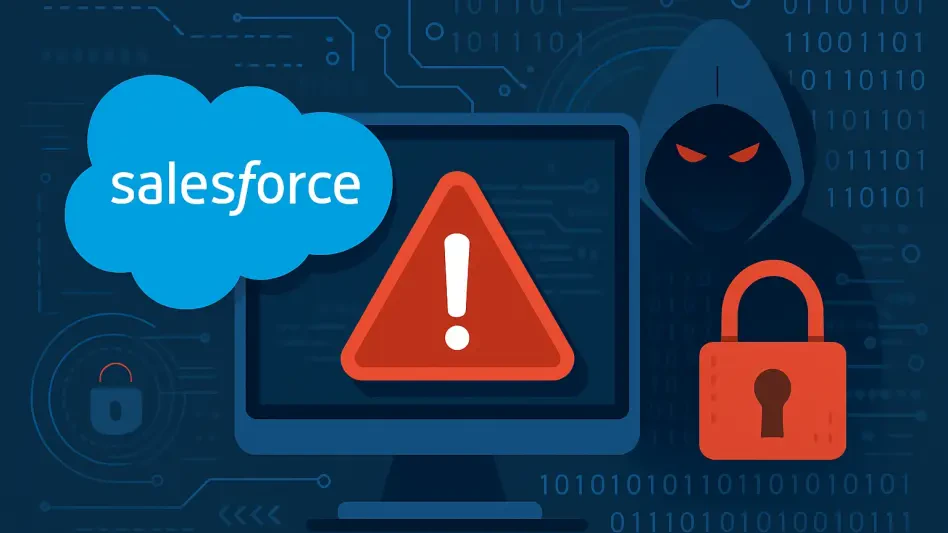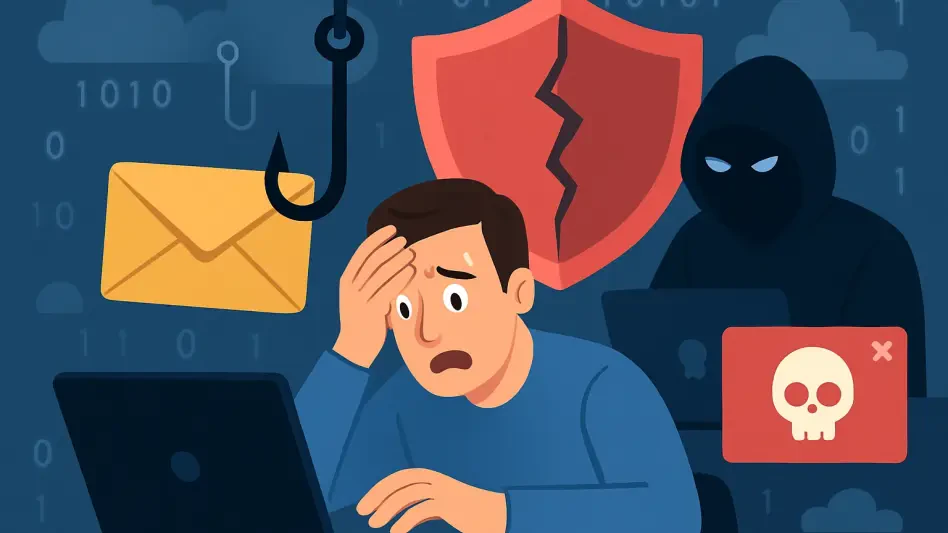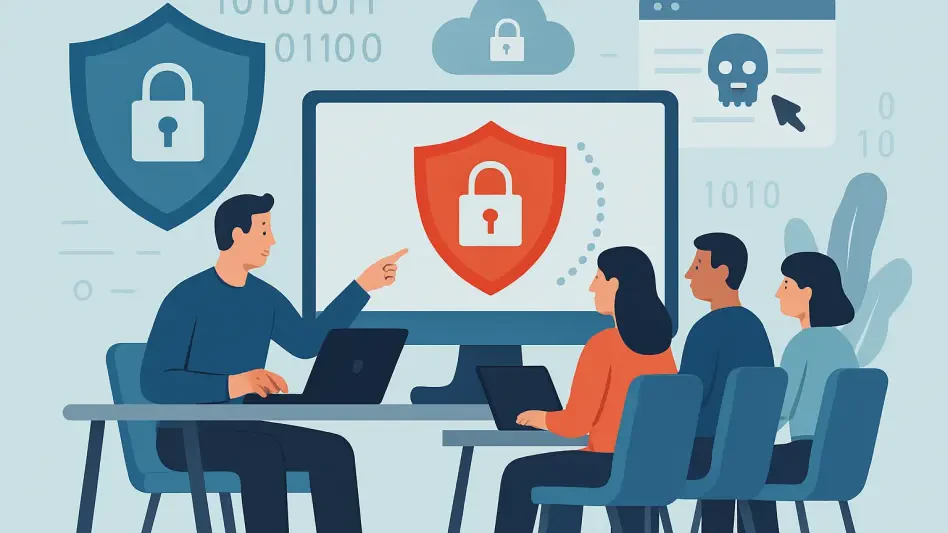In an era marked by economic upheavals and fluctuating financial landscapes, organizations face an enduring dilemma—balancing the need for robust cybersecurity with constraints imposed by limited budgets. As cyber threats become more sophisticated and persistent, the urgency to safeguard digital infrastructure intensifies. Financial restrictions can hinder this imperative, leaving entities vulnerable to breaches with potentially disastrous consequences. Navigating this challenging intersection requires innovative strategies that ensure security without significantly depleting resources, fostering resilience amidst fiscal turbulence.
Navigating Economic Constraints and Cybersecurity Needs
Financial Pressures Impacting Cybersecurity
Economic pressures manifest in various forms, compelling organizations to re-evaluate their spending priorities. Tariffs, inflation, and market instability often strain budgets, leading organizations to tighten financial belts. Such conditions frequently result in scaling back on critical areas, including cybersecurity. Unfortunately, these cutbacks can jeopardize organizational safety as compromised systems become prime targets for cybercriminals, who keenly exploit weakened defenses. Workforce training and technological upgrades, vital for safeguarding against cyber threats, are typically the first to bear the brunt of budgetary reductions.
Vulnerabilities exacerbated during economic downturns provide fertile ground for cybercriminals. These actors leverage the chaos, increasing attacks on unsuspecting entities grappling with constrained resources. As organizations reallocate attention to core survival strategies, they inadvertently lower their cyber defenses, unwittingly opening doors to potential breaches. Protecting digital assets under such circumstances requires a nuanced approach, ensuring that economic constraints do not become an Achilles’ heel for cybersecurity initiatives.
Risk Evaluation During Economic Downturns
Increased risks during economic downturns demand enhanced vigilance and strategic adjustments in security measures. Cybercriminals capitalize on periods of instability, as heightened uncertainty often leads businesses to overlook potential cyber threats. As operational focuses shift towards safeguarding financial interests, cybersecurity can become a secondary consideration, thus heightening organizational susceptibility to breaches. The constant evolution of cyber threats further amplifies these risks, making awareness and preparedness essential components of any comprehensive security strategy.
Organizations must view cybersecurity as an integral element of risk management, not merely as an accessory or optional investment. By embedding cybersecurity within their core operational framework, businesses can anticipate and mitigate risks, ensuring continuity even in challenging economic climates. Emphasizing consistent and comprehensive security protocols enables organizations to quickly adapt to unforeseen challenges, minimizing disruptions and potential damage. Establishing this mindset shift reinforces the critical role cybersecurity plays in organizational resilience and long-term success.
Transforming Perceptions: Cybersecurity as a Strategic Investment
Reframing Security as Essential to Business Stability
A pivotal shift in perception involves reframing cybersecurity as a foundational component of business continuity and stability. Instead of viewing it purely as a cost center, organizations should recognize cybersecurity’s role in brand protection, regulatory compliance, and risk management. Investment in cybersecurity safeguards not only digital assets but also organizational reputation, ensuring consistent and reliable service delivery to clientele. Demonstrating this intrinsic value helps secure leadership buy-in, paving the way for sustained cybersecurity initiatives despite fiscal challenges.
Acknowledging cybersecurity’s essential role provides a robust framework for decision-making, aligning spending priorities with long-term strategic goals. While budget allocations may be constrained, the repercussions of neglecting cybersecurity could be catastrophic. Operational downtime, fines, and reputational damage often outweigh the initial expenses of implementing sound security measures. Adaptation to this investment-centric approach allows organizations to optimize their cybersecurity spending, ensuring readiness to face evolving threats head-on.
Cost-effective Security Measures
Introducing low-investment yet impactful security enhancements can significantly reduce the risk of breaches. For instance, improving employee training increases organizational awareness of common security pitfalls, enabling staff to recognize and mitigate threats effectively. Multifactor authentication (MFA) offers an additional layer of protection, safeguarding systems from unauthorized access. Likewise, diligent patch management ensures that known vulnerabilities are promptly addressed, reinforcing organizational defenses against potential exploits by cyber adversaries.
Strategic planning and efficient allocation of existing resources can further strengthen security posture without excessive financial strain. By conducting rigorous audits of current security tools, organizations can uncover underutilized capabilities, maximizing benefits within existing arrangements. Additionally, exploring vendor consolidations can streamline processes and reduce costs, fostering a more cohesive security architecture. These approaches underscore the feasibility of maintaining superior security standards while navigating budget constraints.
Optimizing Resources and Advancing Preparedness
Leveraging Current Assets and Third-party Solutions
To enhance cybersecurity without significant financial outlay, organizations can focus on optimizing existing resources and integrating innovative solutions like Cybersecurity-as-a-Service (CaaS). By employing a risk-based framework, entities can prioritize assets based on criticality, allocating resources judiciously to protect core operations. This targeted approach ensures vital areas receive adequate attention while avoiding indiscriminate spending. Expanding partnerships with third-party providers enables access to cutting-edge security expertise and technology, maintaining robust defenses even amidst resource limitations.
Adopting Cybersecurity-as-a-Service offers a cost-effective means of accessing specialized expertise and sophisticated security tools. CaaS providers tailor services to meet specific organizational needs, delivering comprehensive coverage and rapid response capabilities. Outsourcing critical security functions, particularly for small to mid-sized enterprises, minimizes internal strain while maintaining high standards. This collaborative model facilitates sustainable cybersecurity practices, contributing to enhanced resilience against evolving cyber threats.
Empowering Employees to Fortify Defenses
Continuous workforce training represents a cornerstone of cybersecurity efficacy, empowering employees to serve as proactive defenders of organizational assets. Establishing a culture of cyber awareness necessitates regular educational initiatives, equipping personnel with the knowledge required to identify and thwart potential threats. This holistic approach bolsters defenses by reinforcing weak points that technological measures alone might not address, providing an additional safeguarding layer.
Investing in employee education fosters an informed workforce, capable of responding effectively to unexpected challenges. As the complexity of cyber threats increases, well-trained staff serve as a formidable line of defense, actively mitigating risks. By embedding cybersecurity consciousness within organizational culture, entities enhance their capacity to withstand disruptions, preserving their operational integrity. It reinforces cybersecurity’s essential role, encouraging collective responsibility across all levels, ultimately fortifying defenses through informed and engaged personnel.
Strategic Vision: The Imperative for Cyber Resilience
In today’s world, marked by economic instability and shifting financial scenarios, organizations are grappling with a persistent issue: how to maintain strong cybersecurity measures despite having tight budgets. As cyber threats grow more advanced and relentless, the necessity to protect digital systems becomes ever more pressing. Financial limitations can obstruct these vital efforts, making organizations susceptible to cyberattacks that could have devastating outcomes. To successfully navigate this complex situation, businesses must devise innovative strategies that bolster security without excessively draining their financial resources. This approach ensures resilience in an era of financial unpredictability. Balancing these needs is no easy task, especially when the risks are continually evolving. Companies must prioritize cybersecurity while being inventive in stretching their budgets, which may involve adopting more cost-effective solutions, leveraging open-source technology, or prioritizing critical areas for security investment. Achieving this balance is crucial to thrive in today’s uncertain economic and digital environment.








